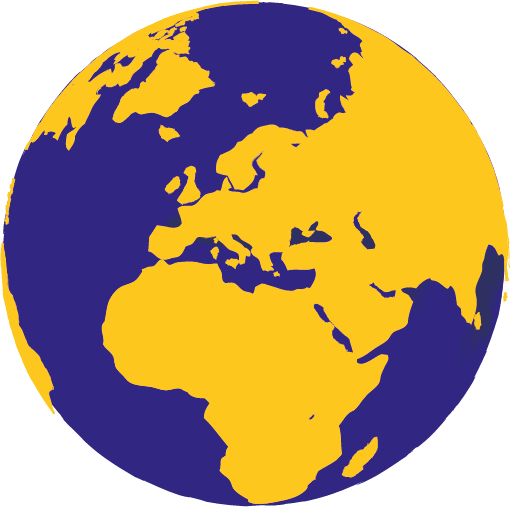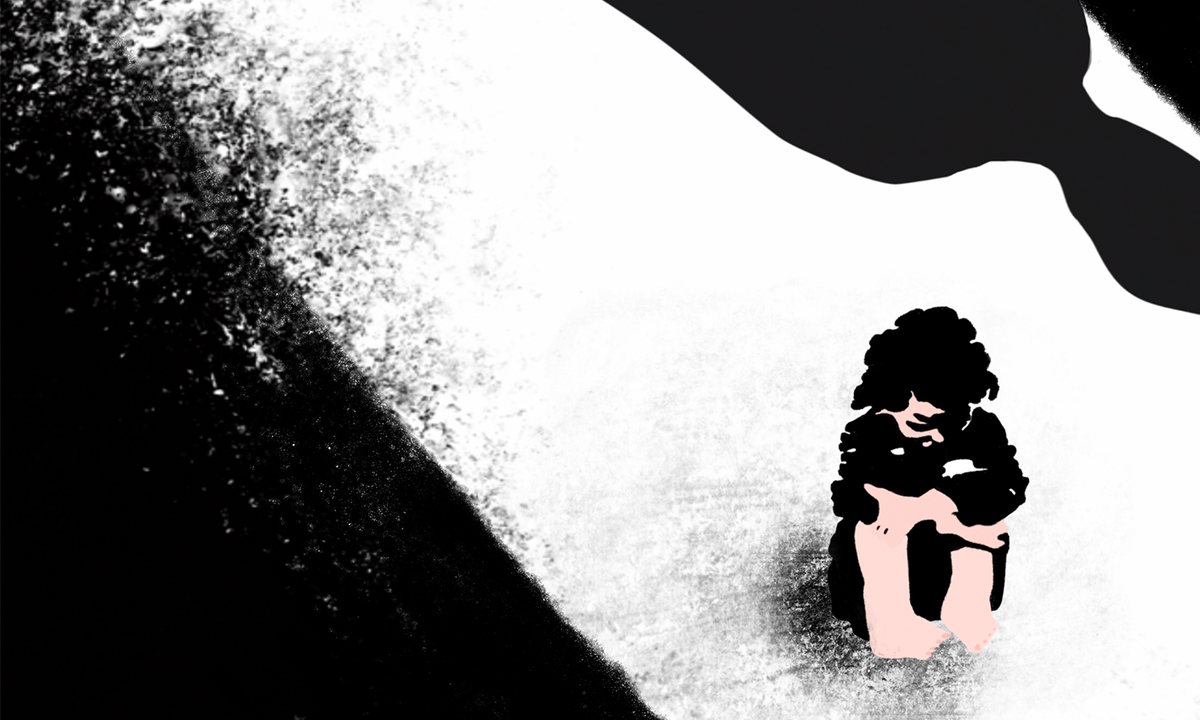We have launched a ground-breaking new report: Cycles of Exploitation: The Links Between Children’s Institutions and Human Trafficking. The report makes recommendations for breaking the complex cycles of exploitation that trap children and let traffickers go free. These include better data collection so that children do not slip through cracks in the system, the reinvestment of funding from institutions into family and community-based services, and a new model law, drafted by award-winning human rights barrister Parosha Chandran, that aims to stamp out institution-related trafficking.
This first-of-its-kind report, – launched online today at our special panel event - brings together unique case studies and research from across the world to reveal four different cycles of trafficking in which orphanages and other institutions play a central connecting role. It exposes the global patterns of institution-related trafficking where children are trafficked both into and out of institutions and exposed to multiple forms of exploitation and harm.
Although the link between children’s institutions and human trafficking was recognised by the United Nations General Assembly in 2019, there are few examples of it being effectively tackled.
Millions of children worldwide continue to be exposed to institution-related human trafficking.
Our report also casts spotlights on three key factors that drive institution-related trafficking:
- Funding for institutions
- Orphanage tourism and volunteering (‘voluntourism’)
- Migrant and refugee children being left unaccompanied.
As the refugee crisis escalates, and as humanitarian disasters continue to drive misplaced philanthropy, the report calls for immediate action to break these harmful cycles of exploitation and to protect vulnerable children across the globe.
We’re urging:
NATIONAL GOVERNMENTS
To prioritise care reform, adopt laws, such as the model law included in the report, on institution-related child trafficking and improve data collection and monitoring. To stamp out orphanage tourism and get specialist support to children in care.
LAW ENFORCEMENT, CHILD PROTECTION ACTORS AND CARE PROVIDERS
To make sure children in care get expert, informed support and information to know their rights, protect themselves and live well. To get regular guidance and training in place – so systems are safe, without gaps for children to fall through.
VOLUNTEERS, TOURISTS AND AGENCIES
To understand that treating childcare institutions as sightseeing or skills-building opportunities puts children at risk, and to overhaul their policies and processes to make sure they’re not feeding cycles of exploitation.
PRIVATE FUNDERS
To understand these cycles of exploitation too, following the trails of their donations so they don’t end up in dangerous pockets but support long-term, positive change. To safely phase out their funding to institutions, instead investing in family and community care settings where children can thrive.
Lina Gyllensten, Acting Director of Evidence, Advocacy and Campaigns at Lumos, said:
“Lumos’ report shows that institutions are playing a significant role in many instances of child exploitation and abuse around the world. Vulnerable children are being trapped in a complex web of institution-related trafficking and are being repeatedly exposed to multiple forms of harm. The compelling evidence and first-hand experience presented in this report demand that urgent action must be taken to address the factors that drive this kind of trafficking, to protect children and to bring perpetrators to justice. It is time to break these cycles of exploitation.”
Parosha Chandran, author of the report’s model law and barrister at One Pump Court, said:
“I suspect that many people will be shocked by this report. They may recognise themselves as a well-intentioned orphanage volunteer, or as a generous donor who has supported children left vulnerable after a humanitarian disaster. Reading what follows may be the first time that they realise that they’d unwittingly played a part in propping up a harmful ecosystem in which children, most of whom have at least one living parent, act as commodities in an industry of profit-making orphanages.”



